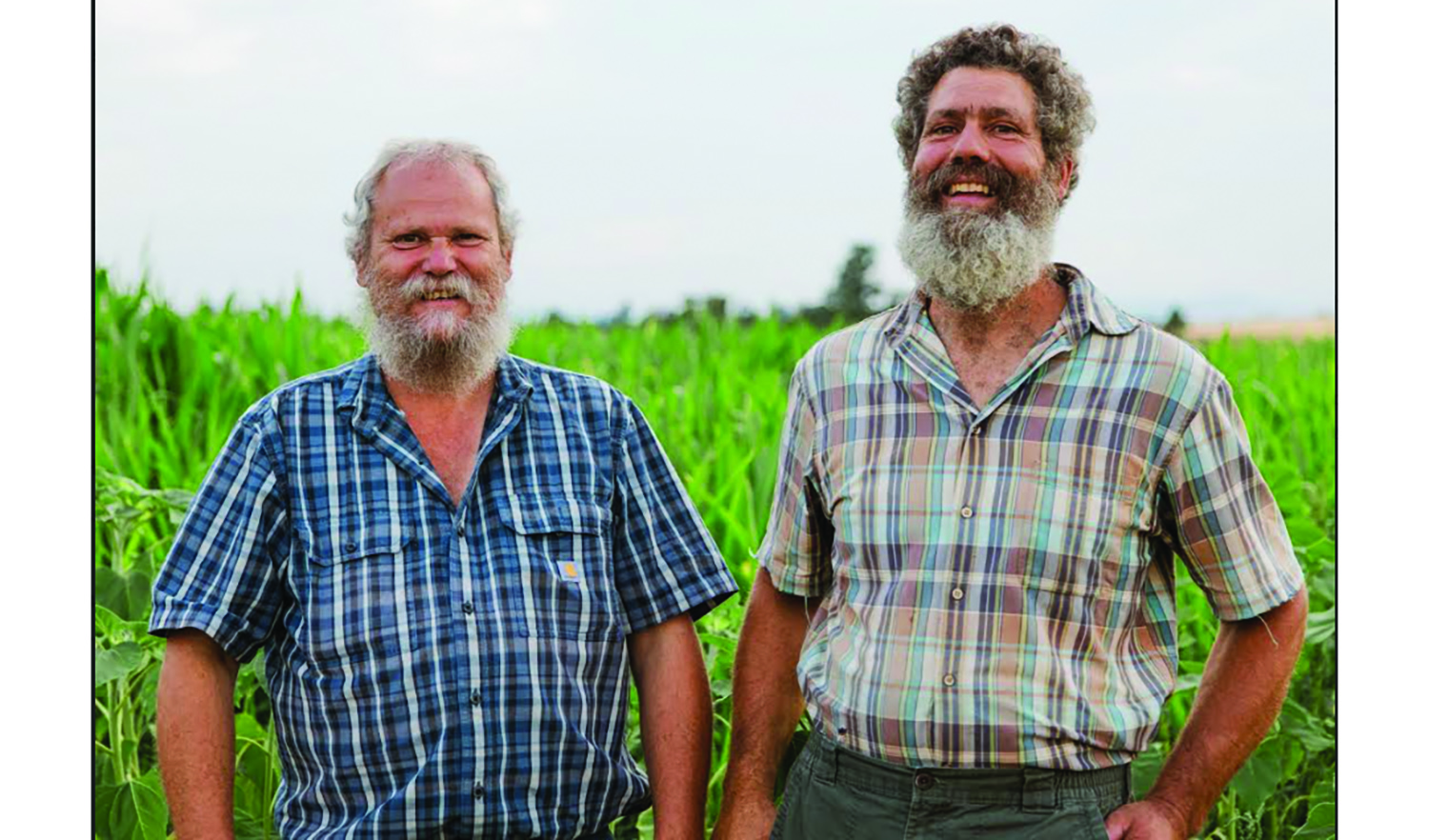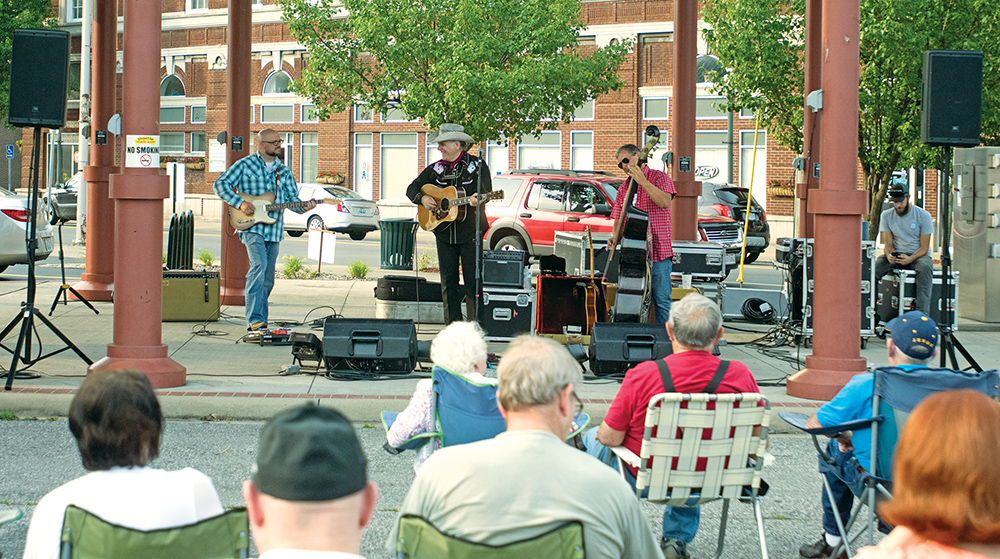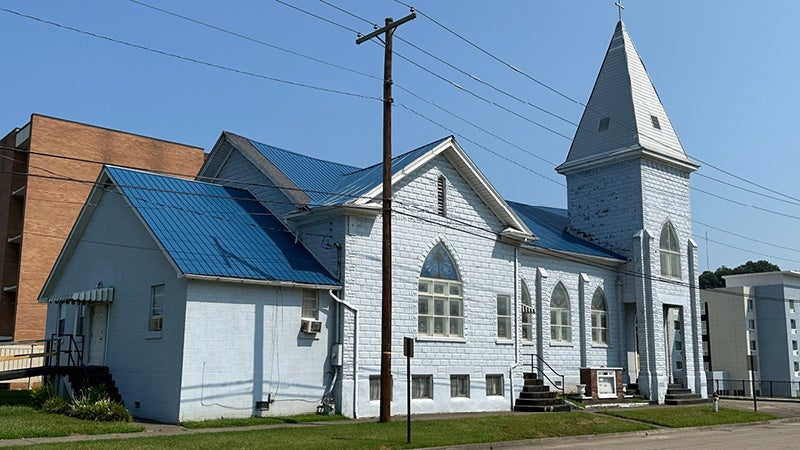Passover: A Story of Freedom
Published 12:00 am Saturday, April 19, 2008
HUNTINGTON, W.Va. — Passover. A day of celebration marking what all people cherish: Freedom.
For the Jewish people it commemorates their Exodus from Egypt and the liberation from the yoke of slavery under Pharaoh.
It’s also a day that draws deeply on the spiritual strength of symbolism as families draw together as a unit to repeat the traditional acts of a Seder dinner.
Tori Wucher of B’Nai Sholom congregation, remembers Passovers as a time for joyous family get-togethers.
“When I was a child, I used to have Passover with my grandparents … the whole extended family. My grandmother was a phenomenal cook,” Wucher said. “She came from Turkey and a lot of the foods she had had a Greek-Turkish influence. Things with filo dough.”
This Sunday the Huntington synagogue will hold a community Seder open to members of the congregations and non-Jews. The Seder begins at 6 p.m. and there will be
a catered dinner.
The congregation has held the community Seder for the past 25 years and Wucher says many non-Jews attend.
“Because of the significance they attach to it as the Last Supper,” she said. “They are curious. For me it is quite moving. It is a moving story … a part of our heritage. I think everybody should be educated about other people.”
The word Seder means order and Passover is a holy day that has a precise order of celebration. A key component is the Seder plate on which are a number of food items that are symbolic of the enslavement and liberation of the Jewish people in Biblical times.
First is parsley, as one of the first fruits of the harvest, symbolizing renewal. It is dipped in salt water to mark the tears shed during the enslavement. Next is a hard-boiled egg, which also symbolizes the renewal of life.
A horseradish root marks the bitterness of the slavery.
Next is the matzoh, or unleavened bread. As the Israelites had to flee Egypt, they did not have time to allow their bread to rise. The result was matzoh.
For the dinner Sunday matzoh ball soup will be served followed by chicken, dressing, sweet potatoes, fruit salad and macaroons.
Then there is the charoses, a mixture of apples, nuts and wine, which stands for the mortar that was used by Jews as they put the bricks together as slaves under Egyptian tyranny.
A lamb shank bone, usually placed on the leader’s plate, symbolizes the blood the Jews put on their front doors during the last plague when first-born sons were slaughtered. It also was an act that gave the holy day its name.
“Jews put lamb’s blood to symbolize the Jewish home so the angel of death wouldn’t come,” Wucher said. “God passed over the homes of the Israelites during the last plague protecting them.”
This year Passover began at sundown Saturday and most families gathered for their own Seders at home.
“The second night we meet here at the synagogue,” Dr. David Wucher, rabbi at B’Nai Sholom, said. “It’s especially for those who may not have family in the area anymore and we all join together here.”
While Yom Kippur or the Day of Atonement is the holiest of Jewish holidays, Passover is among the top three holy days in Judaism.
“Yom Kippur is rather more solemn and serious, an introspective time,” the rabbi. “Passover is more family and festive.”
Along with the ritual of the Seder plate is the asking of the four questions, an honor given to one or more children.
As they answer the questions, the story of Passover is told. Also part of the celebration is the special chair and cup reserved for the prophet Elijah.
“At one point we open the door for Elijah to see if he has come,” the rabbi said. “Elijah will come one of these days to announce the dawn of the messianic age, an age of peace and tranquility and sisterhood and brotherhood.”
After waiting for a few moments, the participants accept that Elijah will not appear.
“Then we say a little prayer that we hope to see that great age come next year,” he said.
Instrumental in bringing the idea of a community Seder to this area was B’Nai Sholom member Sharon Weed, who chairs the committee that organizes the dinner.
Weed used to attend community Seders when she lived in Portsmouth and wanted to bring one to her new hometown.
“It tells the story and it is fun,” she said. “It is more geared for the kids. Very serious, but fun too. It is a community family get together.”
Passover is deemed a family holiday and historically is celebrated at home. However, as the makeup of today’s society becomes more transient and singles-oriented, the idea of a community Seder can meet their needs.
“With our mobile society, there are people who don’t have an extended family. A community Seder is for people who are alone,” Wucher said. “It commemorates that we once were slaves and should always remember that and how valuable freedom is … that we have to work for a better world. That all men are free and all women are free.”





